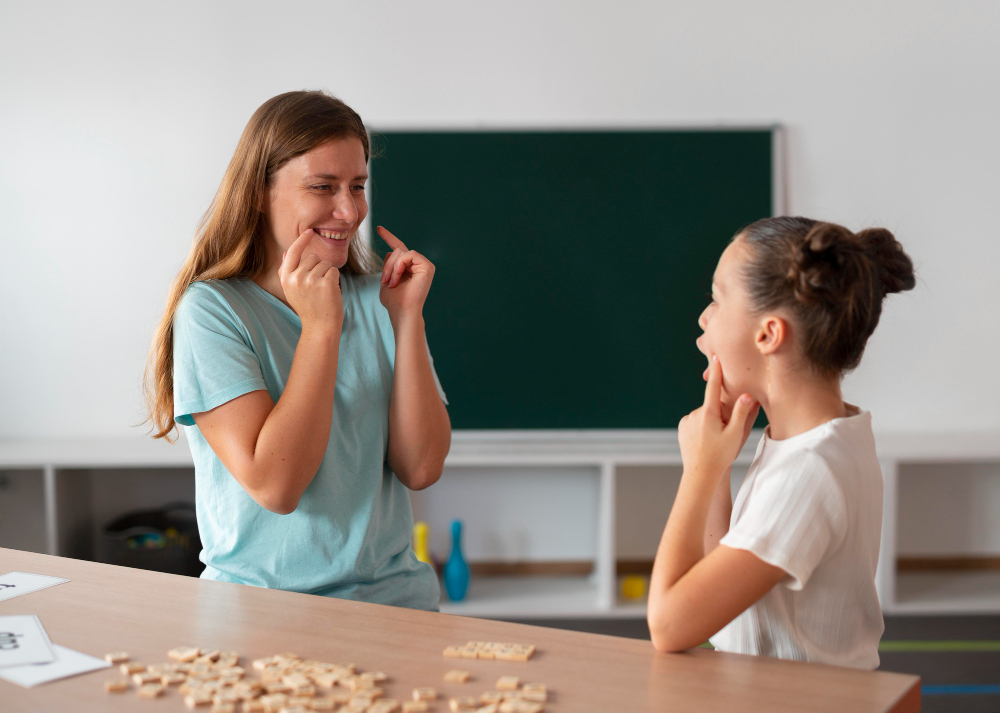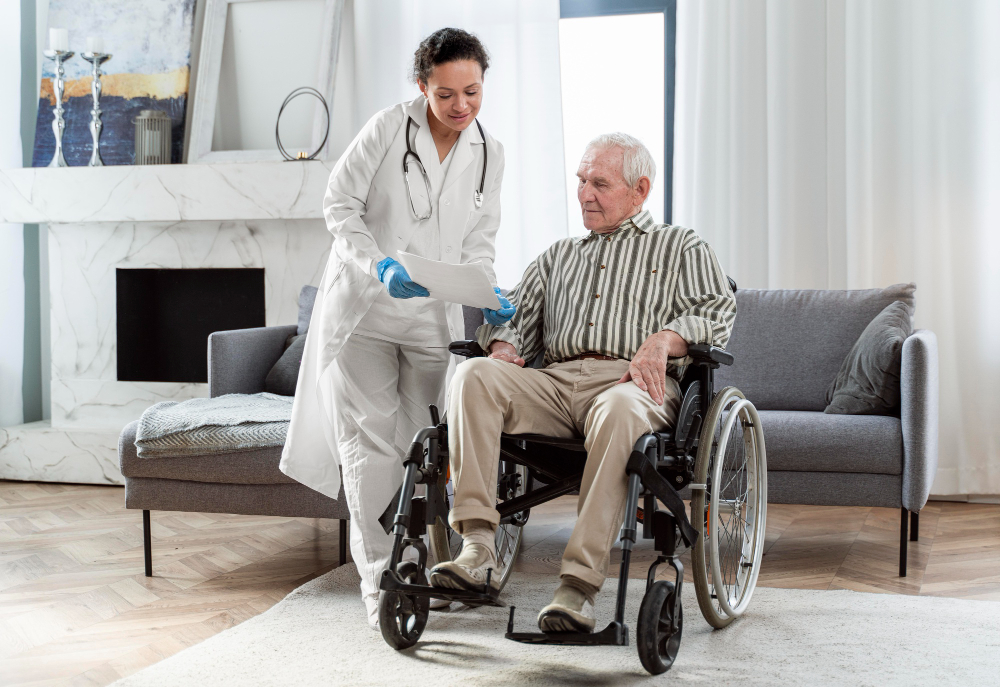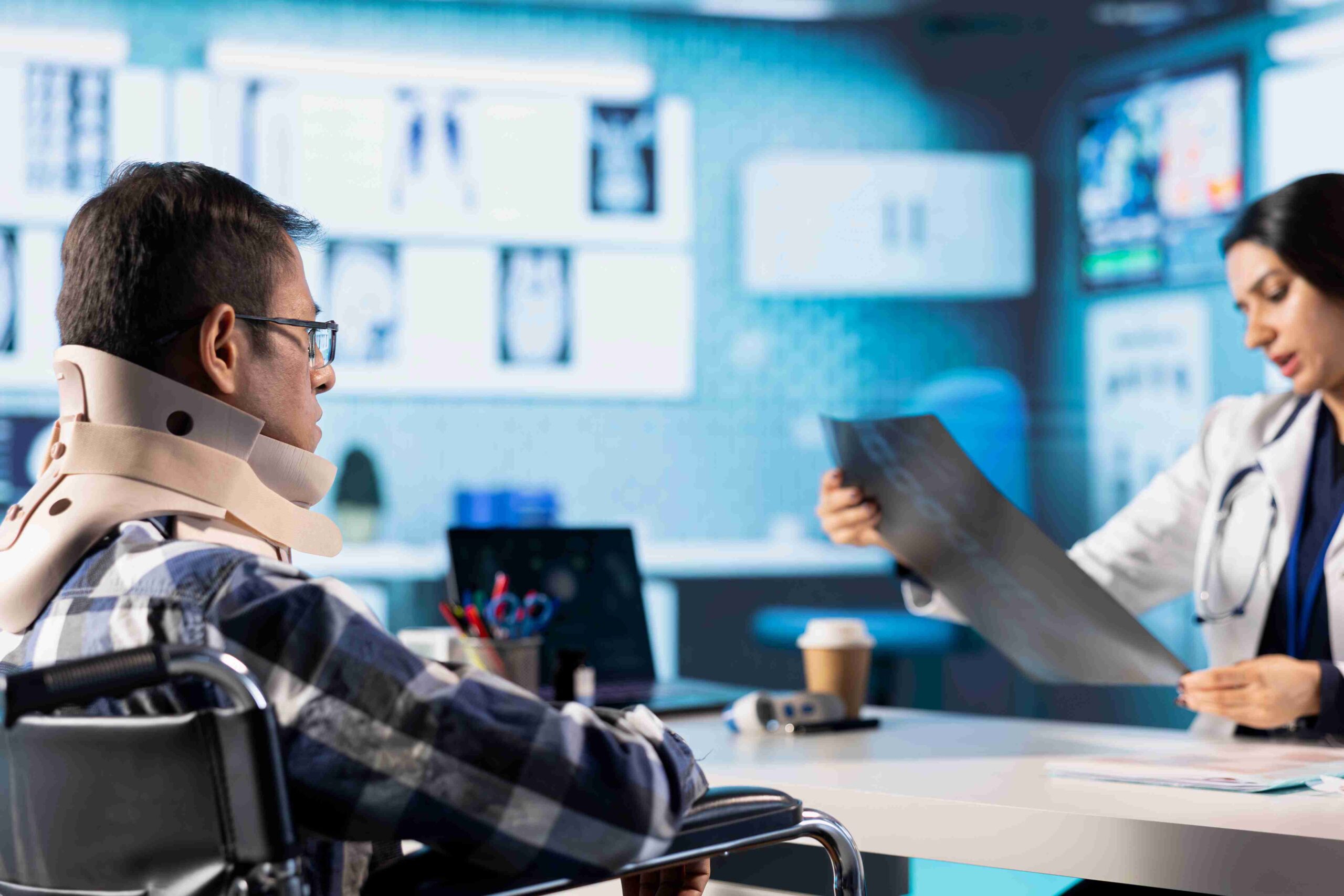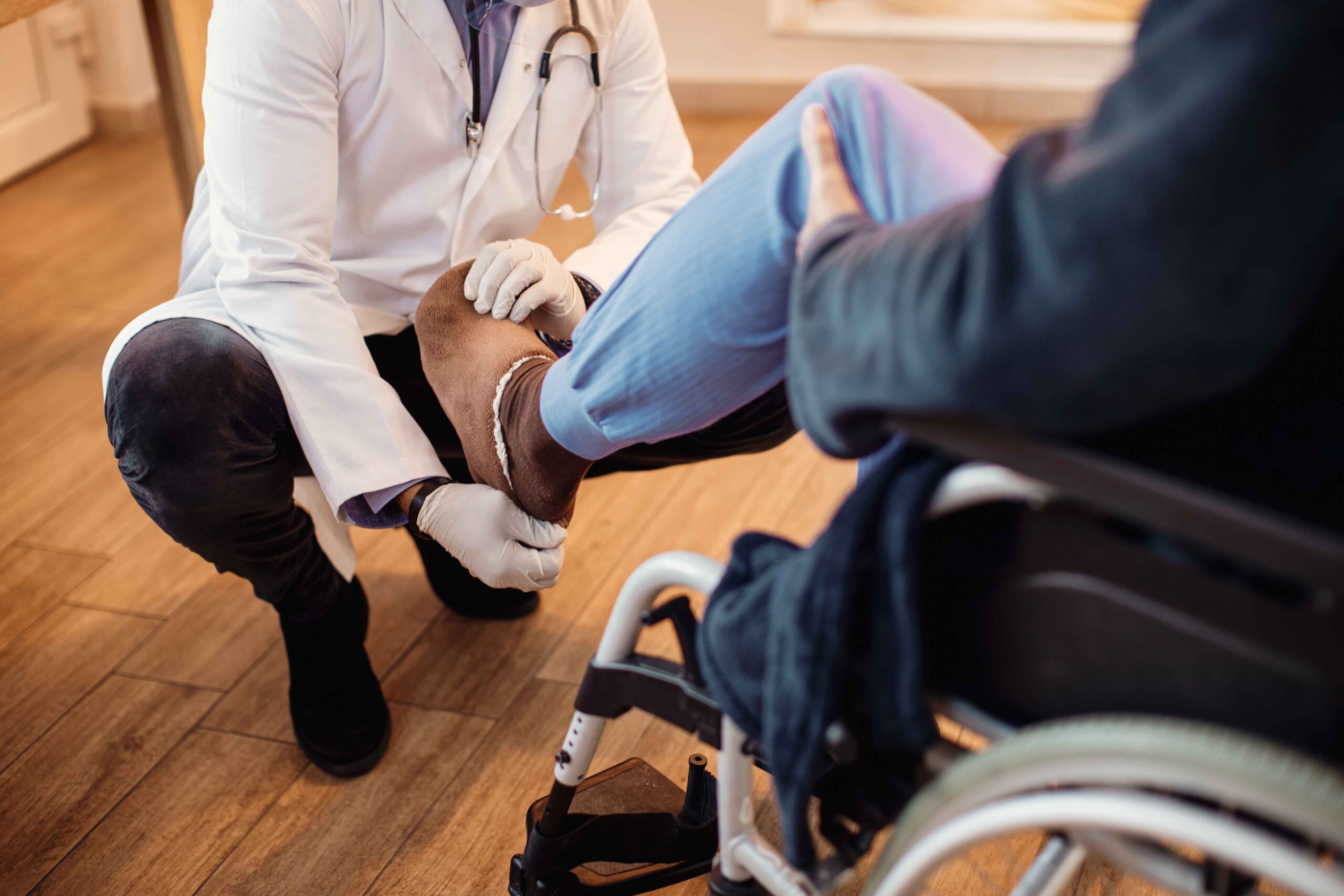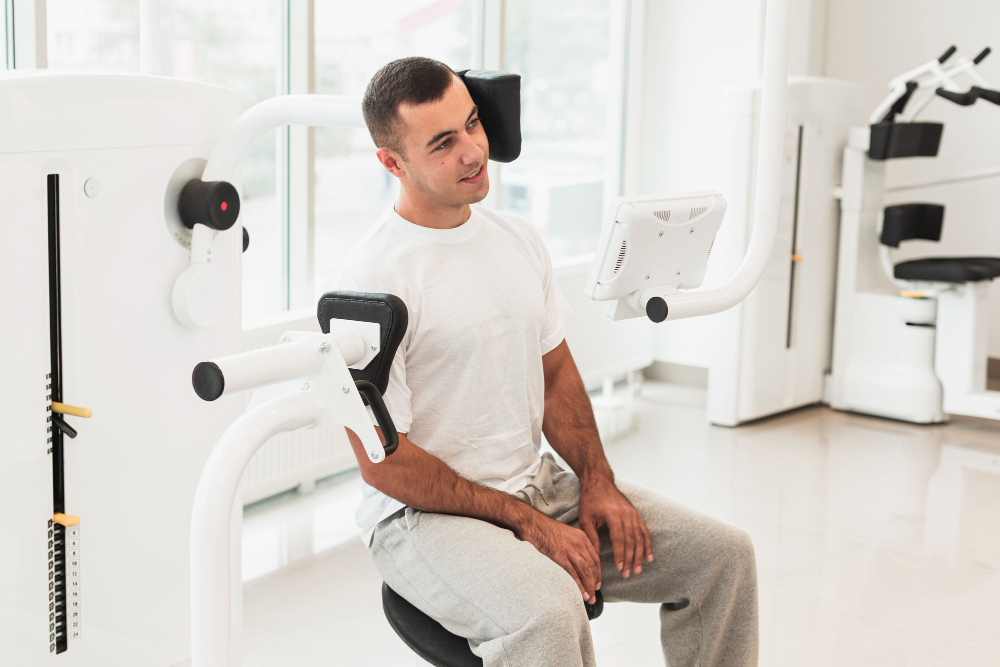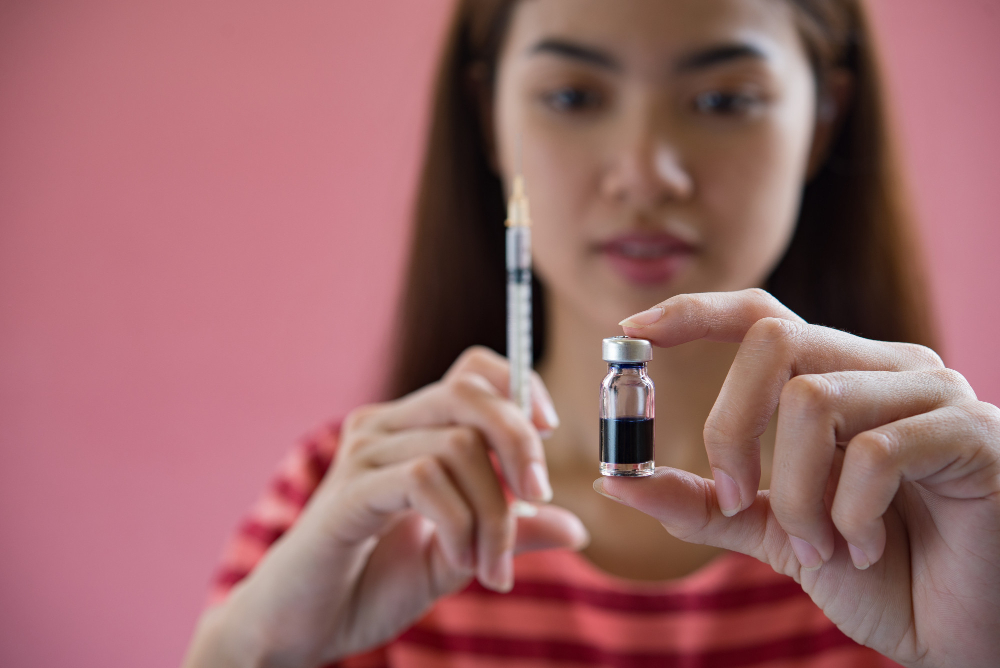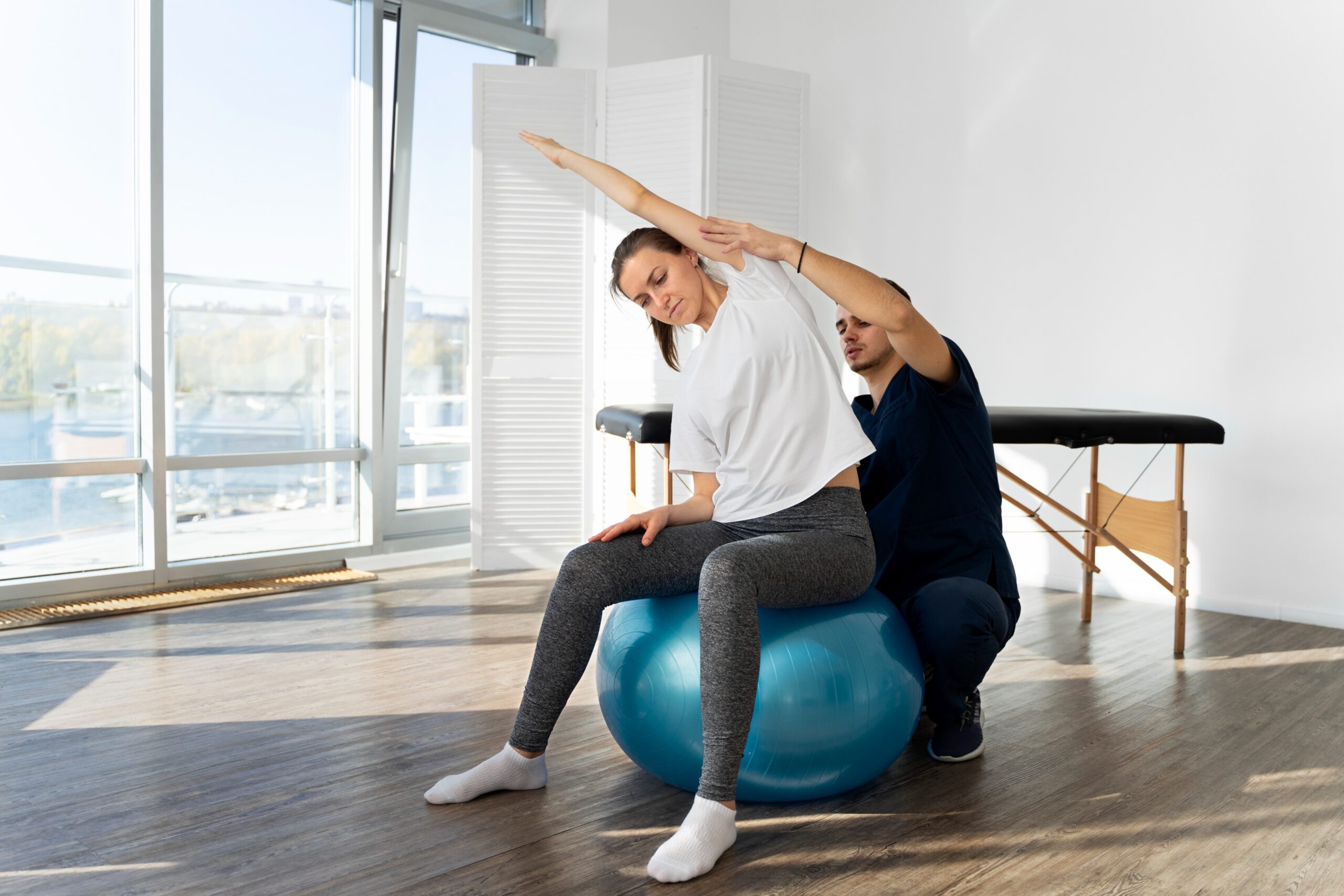
Last updated on by MRC
Recovering from a stroke can be a long and challenging journey. One of the most critical aspects of stroke rehabilitation is regaining balance and coordination. Balance exercises for stroke patients not only improve mobility but also reduce the risk of falls, boost confidence, and promote independence. Whether the stroke has affected the left or right side of the body, incorporating regular balance training exercises can make a significant difference in recovery outcomes.
Here are five effective balance training exercises for stroke patients that are often recommended by physiotherapists at leading Stroke Rehabilitation Centres in Kolkata like MRC.
Why it helps: This beginner-friendly exercise helps stroke survivors relearn how to shift weight safely, which is crucial for standing and walking.
How to do it:
Tip: Use a mirror or a therapist’s guidance to ensure proper posture and movement.
Why it helps: Improves core strength and stability while gradually reintroducing upright posture control.
How to do it:
Why it helps: This advanced balance drill mimics the walking motion and enhances coordination.
How to do it:
Note: This is one of the most beneficial balance exercises for stroke patients aiming to walk independently again.
Why it helps: Strengthens the affected leg and improves unilateral balance control.
How to do it:
Modification: If unable to lift the foot fully, try shifting weight onto one leg while keeping the other lightly touching the ground.
Why it helps: Encourages dynamic movement and helps retrain the brain-body connection for safe walking.
How to do it:
Caution: Always perform under supervision, especially in early stages of recovery.
Recovering from a stroke involves more than just physical healing—it requires expert guidance, structured therapy, and continuous support. While home-based balance exercises for stroke patients can be beneficial in the early stages, true recovery often depends on the skill and knowledge of trained professionals like physiotherapists and occupational therapists.
These specialists play a crucial role in helping stroke survivors regain mobility, relearn everyday tasks, and rebuild confidence. A physiotherapist focuses on improving strength, balance, and coordination through targeted balance training exercises for stroke patients. Meanwhile, an occupational therapist works on fine motor skills and daily functions like dressing, grooming, and eating—activities that are often disrupted after a stroke.
Together, they create personalized, progressive rehabilitation plans that adapt to the patient’s needs and pace of recovery. This expert-led approach not only ensures safety during training but also prevents secondary complications like falls, stiffness, or muscle loss.
If you’re looking for dedicated support, Medical Rehabilitation Centre (MRC) is one of the most trusted Stroke Rehabilitation Centres in Kolkata. At MRC, our team of experienced physiotherapists and rehabilitation experts offers a holistic approach to recovery—combining proven stroke rehabilitation exercises, advanced balance training for stroke patients, and compassionate care to help each individual regain independence and quality of life.
At MRC, we combine clinical expertise with compassionate care. From early recovery to long-term management, we offer:
Whether you’re searching for guidance on daily balance training exercises for stroke patients or looking for a full-scale recovery plan, MRC is here to support every step of your journey.
Regaining balance after a stroke isn’t just about physical recovery—it’s about restoring confidence and independence. By regularly practicing the right stroke rehabilitation exercises and seeking expert help from a reputable center like MRC, patients can take significant strides toward a more active and fulfilling life.
Looking for professional care for your loved one’s recovery?
Visit Medical Rehabilitation Center – Kolkata’s trusted partner in stroke rehabilitation.

